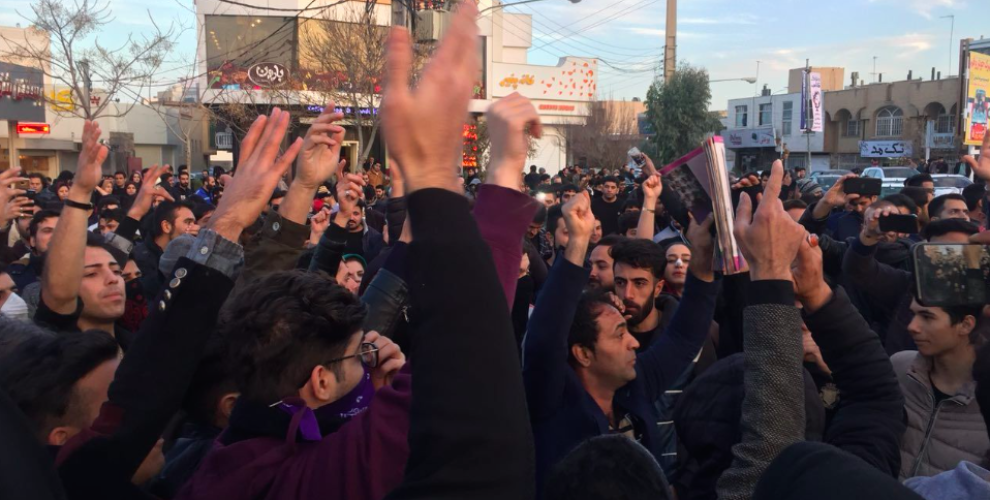
by Armin Baldwin
Former chief justice, Ayatollah Mahmoud Hashemi Shahroudi, travelled to Germany from Iran on 8th January for medical treatment, Shahroudi is a high official within the Iranian ruling system and he holds great power. It has been rumoured that he could be the successor to Supreme Leader Ali Khamenei.
The sixty-nine-year-old Ayatollah is said to be suffering from poor health, just like the Supreme Leader.There have been claims in recent months that Khamenei is being treated for prostate cancer.
Shahroudi’s trip to see Majid Samii, an Iranian-German neurosurgeon, was cut short because of numerous calls for his arrest. When activists found out that Shahroudi was seeking treatment in Germany there was a huge uproar and many called for him to be arrested for crimes against humanity. Over the last few decades, Shahroudi has been responsible for the arrest, imprisonment, torture and execution of countless political opponents and dissidents.
The news of these protests reminds us that the leadership of Iran is full of ageing clerics. This contrasts with the largely young population of Iran.
At the end of December last year, protests spread across the country like wildfire. The people of Iran were initially protesting their dire economic situation, but the protests quickly turned into anti-government demonstrations where they chanted “death to the Supreme Leader” and “death to Rouhani”.
Even though the young people of Iran have never known freedom or democracy in their country, they know that the current levels of suppression and the current leadership are sure signs that nothing will ever change. They want a positive, prosperous and hopeful future, but they know that this is only possible with regime change.
So currently there is a Supreme Leader with ill health, a high official and potential successor to Khamenei that has serious health problems, and the chairman of Iran’s Assembly of Experts is ninety years old. Ahmad Jannati has only just been appointed as the chairman and he will be part of the elite committee that chooses the next Supreme Leader of Iran.
More than 60 per cent of the entire population of Iran is under the age of thirty-five. They were born after the 1979 Iranian Revolution and have grown up with suppression and are no strangers to the violence of the cruel regime. However, they have also grown up with technology and the internet.
The leaders of Iran often blame the West for having a bad influence on the people. Thanks to their access to the internet and foreign media, it is true that the people of Iran can compare their government to those of other nations, and quite rightly, the Iran should feel threatened.
After the most recent protests, Iran blamed the West and other nations including Israel and Saudi Arabia for playing an organisational role. However, this is just deflecting from the main issue and the greatest fear of Iran – the people. The people of Iran have not been forced out into the streets to protest against their government. They took to the streets, and still are, because they know in their own hearts that their situation will never change unless there is regime change in Iran.







